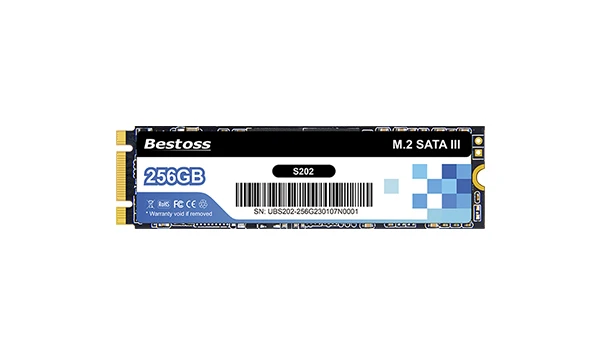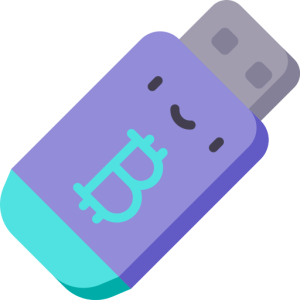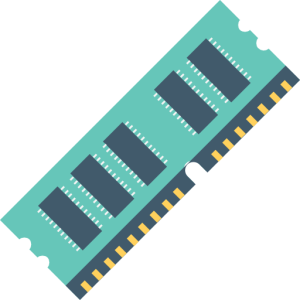SATA, or Serial Advanced Technology Attachment, is a computer bus interface that facilitates the connection between storage devices and a computer’s motherboard. It was developed as a replacement for the older Parallel ATA (PATA) interface. SATA is primarily used to connect hard disk drives (HDDs), solid-state drives (SSDs), optical drives, and other storage devices to a computer’s internal components.

Key characteristics of SATA include:
- Serial Interface: Unlike its predecessor, PATA, which used parallel connections, SATA uses a serial interface, allowing for higher data transfer rates and simplified cable management.
- Data Transfer Speeds: SATA interfaces come in different versions, such as SATA I (1.5 Gbps), SATA II (3 Gbps), and SATA III (6 Gbps). Each version offers higher data transfer speeds than the previous one.
- Cable Design: SATA cables have fewer conductors compared to the wider and bulkier PATA cables. This contributes to improved airflow within the computer case.
- Hot Swapping: SATA supports hot swapping, allowing users to connect and disconnect devices while the computer is running without the need for a system restart.
- Power Efficiency: SATA devices often consume less power compared to PATA devices, contributing to better energy efficiency in modern systems.
- Compatibility: SATA interfaces are backward-compatible, which means you can connect a SATA III device to a SATA II port, but the data transfer rate will be limited to the speed of the slower component.
SATA has been a widely used interface for connecting storage devices to motherboards for many years. However, with the advancement of technology and the need for even faster data transfer speeds, newer interfaces like PCIe-based NVMe (Non-Volatile Memory Express) have gained prominence, especially for high-performance storage solutions. As of my last update in September 2021, SATA remains relevant for various devices but may not provide the same speed capabilities as more recent interfaces.






